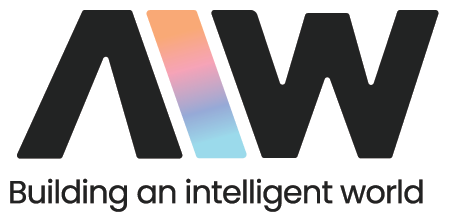Natural Language Processing (NLP) is a technique in AI & ML that helps bridge the gap and remove the parity in communication between a Computer and a Human. The origin of Natural Language Processing dates back to the second world war when Machine Translation came into being. The primary purpose was to translate one human language into another human language using computers.
Natural Language Processing- Applications
Speech Recognition
NLP enables speech recognition by analyzing speech patterns, relationships, meanings, and classification of words, assembling data to form meaningful sentences that will help the machines to understand what any speech data signifies. Deep Learning technologies are also being used to train machines to recognize specific accents and speech impairments.
Market Analysis
Several companies around the world are using NLP to analyze large volumes of data to determine the latest trends in specific sectors. NLP is accelerating Business Intelligence, helping businesses tailor their marketing campaigns as per market demand and preferences.
Search Results
Search engines are applying NLP to determine the search intent behind the search queries placed by any user, so that the search engines can provide their users with as much accurate results as is possible. One example would be Google introducing BERT in 2019 to improve search experience.
Language Translation
NLP is the only technology making online language translations possible. NLP-powered systems can be designed with the functionality to convert chunks of content in one language to another language correctly and virtually.
Predictive Texts
The predictive texts we see on our smartphones when we’re typing a text message, that’s Natural Language Processing working its wonders. The system is trained to record the most common words used and predict, as fairly accurate as possible, what we want to write, giving us apt word-recommendations.
Diagnosis
The Healthcare sector has also reaped significant benefits from Natural Language Processing by using it as a tool to diagnose or predict specific health conditions. For example, doctors can use NLP to track and record speech patterns in a patient to derive predictions about diseases such as depression or schizophrenia.
Natural Language Processing- Types of Functions
Word Sense Disambiguation
In NLP, ‘word sense disambiguation’ refers to the capability of determining which specific word meaning is being indicated and activated by the use of a specific word in a specific context. Part-of-speech (POS) taggers with a high level of accuracy help solve a word’s syntactic ambiguity.
Part-of-Speech Tagging
Part-of-Speech Tagging in NLP refers to the process of converting sentences into multiple forms such as a list of words, tuples, and more. The tag used here is known as the part-of-speech tags that help understand whether a specific word in a noun, pronoun, adjective, verb, adverb, and the like.
Named Entity Recognition
In Natural Language Processing, named entity recognition is all about identifying the key information in any given text along with classifying the text into a given set of categories.
Coreference Resolution
Coreference resolution in NLP is the process of identifying all the expressions in a given text that refer to or are used to describe the same entity.
Sentiment Analysis
Sentiment Analysis in NLP helps analyze textual data and determine whether a data element is positive, negative, or neutral.
Natural language generation
Natural Language Generation is a subset of Natural Language processing that enables computers to write by producing a human language text response based on relevant data inputs. The text can be converted into a speech format as well.
Natural language Processing- The Present
Natural Language Processing has been here since decades, but it only recently became a part of our daily lives. At present, NLP stands as one of the most-searched topics under Machine Learning (ML) and Artificial Intelligence (AI). More and more businesses, organizations, and industries are doing their research on how they can develop a technology that will have the capability to facilitate communication between people more easily. And that’s when they’re learning about NLP and what all it can make possible in business and marketing. The ones that have already determined how they can take advantage of NLP, are definitely headed to take over their market competitors sooner.
The most common and major applications of Natural Language Processing includes Machine Translation, Chatbots, Virtual Assistants, Predictive Texts, and more. NLP comes with the capability to convert lingual texts gathered from natural speech or writing into structured formats that computers can comprehend.
More businesses are currently using NLP to boost operations and improve customer satisfaction. For example, if a restaurant brand/chain wants to market its new product launch specifically to Vegans and they need to acquire data to find out the number of vegans visited the restaurant over the past year, an NLP-powered system can understand the data required, extract the data from a bulk of datasets, and provide the data in a structured and understandable format to the restaurant.
Natural language Processing- The Present
NLP is growing in popularity, without any doubt. It has completely transformed the way of communication and interaction between computers and humans. Based on recent studies, experts predict that Natural Language Processing will cross the $15 Billion mark by 2022, with the compound annual growth rate, most likely being, around 16 to 17 per cent, which is remarkable.
Several new applications in the world of technology such as the rise of chatbots, the emergence of social media platforms, the shift from manual to automated messaging technologies, the inception of Search Engine Optimisation, the increasing reliability of Virtual Assistants, and more, are responsible for the outstanding future and scope that lays ahead of Natural Language Processing.



